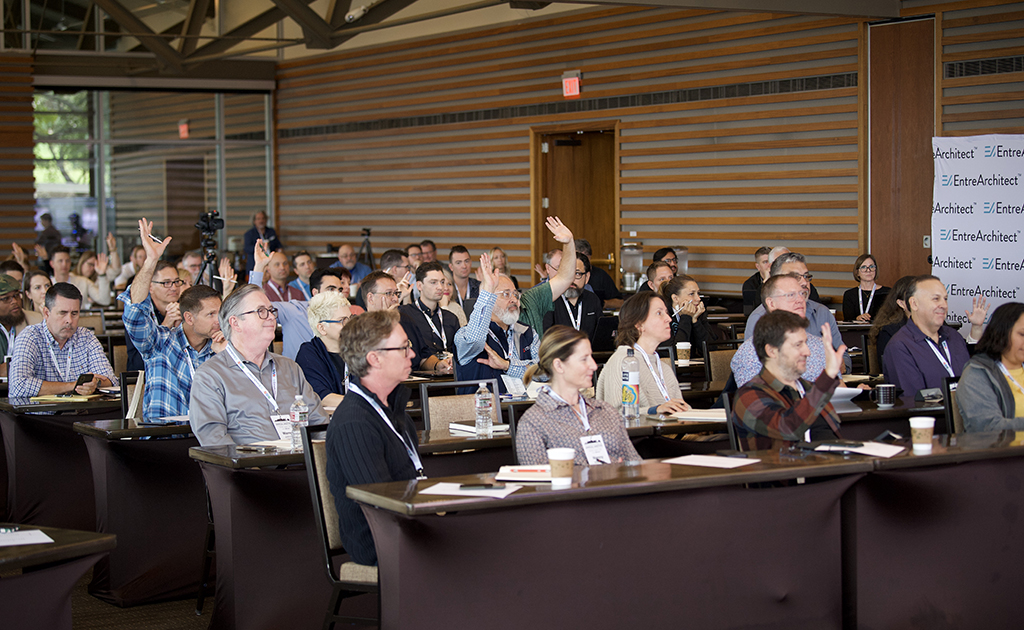
In our previous article, we discussed the immense value that offsite retreats can bring to small firm architects. From sparking creativity to strengthening your team, stepping away from the daily grind offers numerous benefits that can help propel your practice forward. But let’s face it—when you’re running a small firm, both time and financial resources are often in short supply. The idea of taking an offsite retreat can feel like a luxury that’s out of reach.
However, planning a meaningful and effective retreat doesn’t have to break the bank. With some thoughtful preparation and a focus on what truly matters, you can create a powerful offsite experience that fits your budget and schedule. Here’s how.
1. Set Clear, Realistic Goals
Before you even begin planning, it’s essential to define what you want to achieve with your retreat. Are you looking to brainstorm new business strategies, foster team collaboration, or simply recharge? Setting clear, realistic goals will help you focus on what’s truly important, ensuring that your retreat delivers value without unnecessary expenses.
For example, if your main goal is strategic planning, you might not need a full weekend away—perhaps a one-day retreat closer to home would suffice. If team building is the priority, a relaxed afternoon at a local park could offer the environment you need without the cost of an overnight stay.
2. Choose a Budget-Friendly Location
One of the biggest expenses of an offsite retreat is often the location. While a luxury resort in a scenic destination sounds appealing, it’s not necessary to achieve the benefits of a retreat. Consider more budget-friendly options like:
- Local Parks or Nature Reserves: Many public parks offer beautiful settings for a retreat, often at little to no cost. You can enjoy the benefits of a natural environment without paying for expensive accommodations.
- Community Centers or Local Meeting Spaces: These venues are often available at a fraction of the cost of hotels or conference centers and can still provide a quiet, focused environment for your retreat.
- Co-Working Spaces: Some co-working spaces offer private meeting rooms or event spaces that can be rented for a day. These spaces often include amenities like Wi-Fi, whiteboards, and coffee, making them a convenient and affordable option.
3. Keep It Short and Sweet
Time is a precious resource for small firm owners. Instead of planning a multi-day retreat, consider a shorter format that can still deliver results. A well-structured half-day or one-day retreat can be just as effective as a longer one, especially if you’re clear about your goals and focused during your time away.
Shorter retreats not only save time but also reduce costs associated with food, lodging, and travel. By staying local and keeping the retreat concise, you can minimize expenses while still reaping the benefits of time away from the office.
4. Leverage In-House Resources
If you’re planning a team retreat, there’s no need to hire expensive facilitators or consultants. Leverage the talents and expertise within your own firm. For example:
- Rotating Leadership: Assign different team members to lead various parts of the retreat. This not only saves money but also encourages ownership and participation from everyone involved.
- Peer-to-Peer Workshops: If you have specific skills or knowledge within your team, consider hosting peer-led workshops. This approach can be just as valuable as bringing in an external expert and is much more cost-effective.
5. Get Creative with Food and Supplies
Catering can be another significant expense, but it doesn’t have to be. Consider these alternatives:
- Potluck Meals: Ask each participant to bring a dish to share. This not only reduces costs but also adds a personal touch to the retreat.
- Simple, Homemade Options: Prepare simple, healthy meals or snacks in advance. This can be much more affordable than ordering from a caterer and can be done with minimal effort.
- DIY Retreat Kits: Instead of buying costly supplies, create DIY retreat kits with basic materials like notepads, pens, and any specific tools you need for your sessions. These can be put together at a low cost and still provide everything necessary for a productive retreat.
6. Use Technology Wisely
If budget constraints make travel difficult, consider incorporating virtual elements into your retreat. For example:
- Hybrid Retreats: Combine in-person and virtual participation to include team members who can’t attend physically. This can reduce travel and lodging expenses while still allowing for meaningful engagement.
- Online Tools: Use free or low-cost online tools for collaboration, brainstorming, and communication during the retreat. Tools like Zoom, Miro, and Google Workspace can facilitate effective remote participation.
Making the Most of Your Retreat Without Breaking the Bank
Offsite retreats are a valuable investment in your firm’s future, and with some creativity and careful planning, they can be accessible even on a tight budget. By focusing on what truly matters—clear goals, thoughtful location choices, and leveraging in-house resources—you can create a retreat that energizes your team and drives your practice forward, without unnecessary financial strain.
Remember, the value of a retreat isn’t in the luxury of the venue, but in the time and space it provides to think strategically, connect with your team, and recharge your creative energy.
P.S. At EntreArchitect, we understand that even with careful planning, the costs of a retreat can still be a barrier for some small firm owners. That’s why we’ve developed a scholarship program to help. If you’re interested in attending the annual offsite retreat for small firms but need financial assistance, we encourage you to apply at https://entrearchitect.com/apply. If you qualify, you can gain access to free registration to TEACAM24. We’re always here to support you in investing in your firm’s future.

Leave a Reply